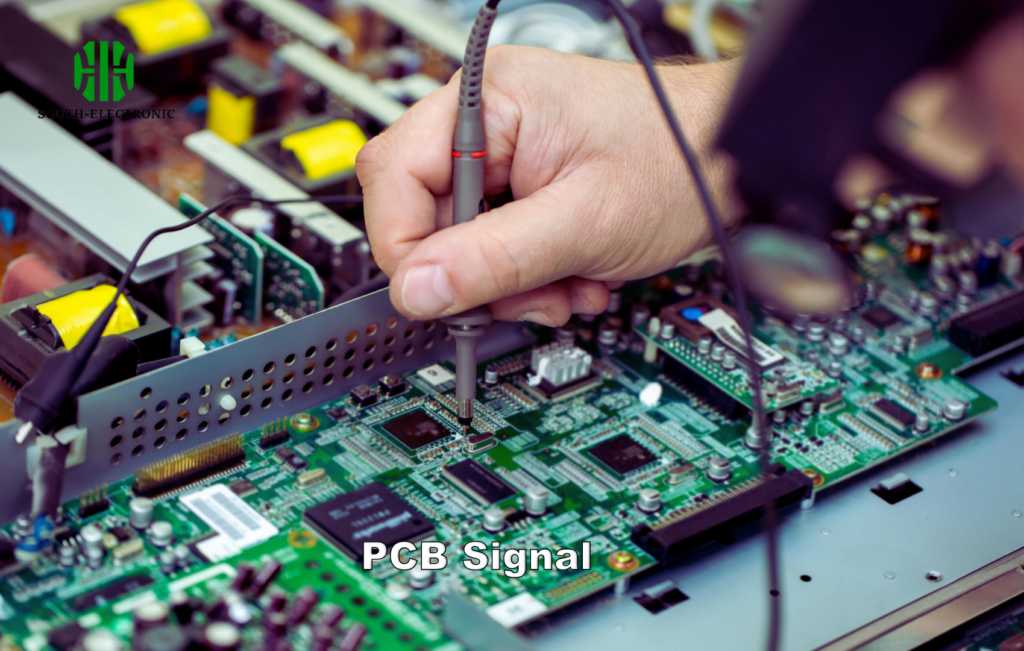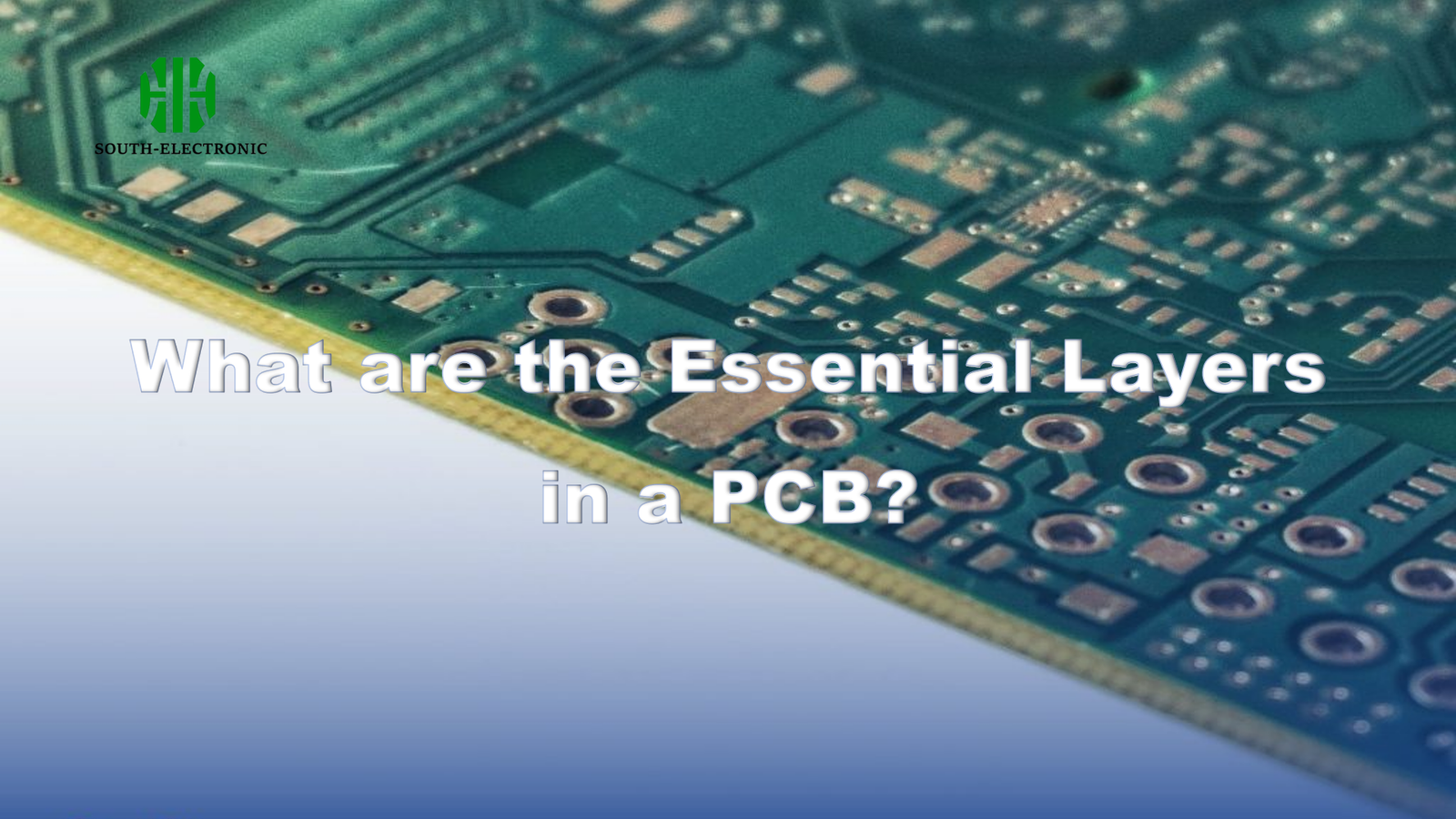You need reliable PCBs but aren’t sure which layers matter. Poor layer choices cause device failures. Discover the foundational layers that solve these issues.
The essential PCB layers are: substrate for rigidity, copper for circuits, solder mask for insulation, and silkscreen for labeling. These four layers form the core structure of every functional printed circuit board.

Understanding key layers helps avoid basic mistakes. Now we’ll explore how material thickness impacts your actual PCB stack-up design and electrical needs.
How to Choose Material Thickness for Your PCB Layer Stack-Up?
Wrong thickness choices kill your PCB. Thin materials crack, thick ones waste space. Your design needs perfect balance.
Select thickness based on current load, heat tolerance, and impedance needs. High-power circuits need thicker copper. High-frequency signals require precise dielectric height.

Three Key Selection Factors
Your board’s function depends on smart thickness choices. Let’s break down each critical factor.
1. Electrical Requirements
Current and voltage dictate copper thickness. Heavy currents (over 5A) require 2-3oz copper. High voltage needs thicker dielectrics. Balance this with thermal needs.
2. Thermal Management
Heat dissipation controls lifespan. Metal-core PCBs need 1.5mm+ base thickness. Standard boards use 0.8mm-1.6mm FR4. High heat areas demand thermal vias.
| Thermal Need | Recommended Thickness | Use Case |
|---|---|---|
| Low Heat | 0.8mm FR4 | Consumer gadgets |
| Medium Heat | 1.0mm FR4 | Power supplies |
| High Heat | 1.6mm + thermal vias | LED lighting |
Signal speed changes material needs. RF boards use thinner dielectrics like 0.2mm. Keep copper under 1oz for impedance control. Test with modeling tools pre-production.
4-Layer vs 6-Layer PCB: Which Stack-Up Saves Cost & Boosts Performance?
Cheap solutions fail complex projects. Simple boards short-circuit under stress. Each layer adds unique value.
Use 4-layer PCBs for basic circuits up to 100MHz. Switch to 6-layer when needing EMI shielding or high-speed signals. Extra ground layers in 6-layer reduce costs long-term.

Breaking Down Cost vs. Performance
Your project demands smart tradeoffs. Compare critical differences through real application lenses.
1. Cost Dynamics
4-layer saves upfront cost – material and drilling expense drops 30%. Production time falls too. But 6-layer prevents revisions. High-volume orders close the cost gap fast.
2. Performance Impact
Noise ruins sensitive circuits. 6-layer boards add separated ground planes. This eliminates crosstalk. High-speed signals (GHz range) need controlled impedance layers.
| Requirement | Best Stack-Up | Why? |
|---|---|---|
| Budget Prototyping | 4-Layer | Lowest initial cost |
| Moderate Signals | 4-Layer Hybrid | Balanced approach |
| RF/High Speed | 6-Layer w/ Grounds | Prevents signal loss |
Routing space decides final choices. 6-layer gives 70% more trace space. This avoids costly double-sided assembly. Calculate total lifecycle costs before selection.
How Does Your Layer Stack Affect Signal Integrity?
Signal distortion cripples electronics. Crosstalk makes data unreadable. Your layer arrangement solves this silent killer.
Signal layers require adjacent ground planes. This creates return paths that prevent noise. Keep high-speed traces short and sandwiched between ground layers.

Three Core Impact Areas
Signal problems originate in three layer stack zones. Fix them with strategic layering.
1. Reference Planes
Ground planes absorb electromagnetic interference (EMI). Power planes create impedance stability. Always place them directly under signal layers. Missing planes cause 60% noise.
2. Dielectric Choice
Material affects signal travel speed. FR4 slows high-speed signals. Use Rogers material for RF boards. Match dielectric constant across layers.
| Trace Type | Material Preference | Critical Factor |
|---|---|---|
| Standard Digital | Standard FR4 | Cost effectiveness |
| >1GHz Signals | Rogers 4350 | Loss tangent |
| RF/ Microwave | PTFE Composites | Stable Dk value |
3. Layer Sequencing
Stack symmetry prevents warping. Alternate signal layers with power/ground. Place outermost layers perpendicular to reduce interference. Test with TDR measurements before approval.
Conclusion
Every PCB relies on substrate, copper, solder mask, and silkscreen layers. Smart stack-up choices balance cost, performance, and signal quality. Choose layers based on real design requirements.



